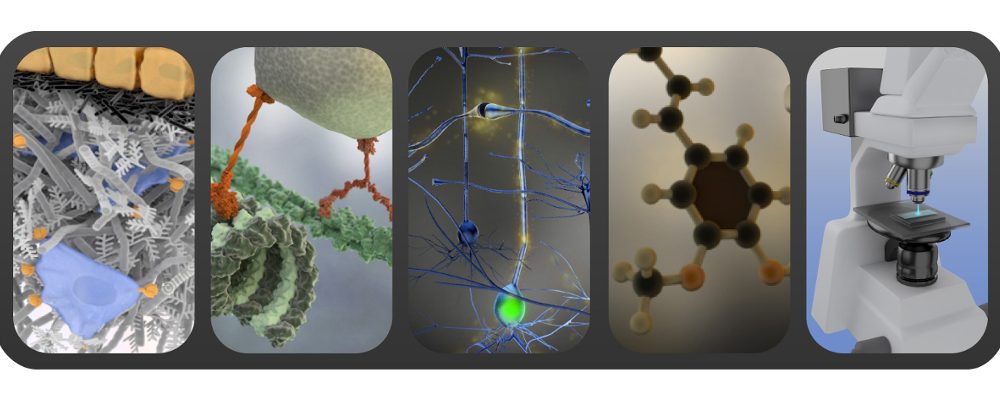Augment your poster!
Let us imagine that you have a scientific poster showing still images extracted from an image sequence or representing a 3D structure. This can be enough to illustrate your point, but sometimes you need the full information contained in a movie or 3D structure to fully explain your message. A common fix is to present the full movie or a rotating 3D structure on your laptop or tablet next to your poster but it is a bit of a hassle though. These situations are a fairly common occurrence in biology-related fields.
Have you ever wondered if there was a better way of doing it? Have you ever thought of using augmented reality (AR) tools for science dissemination?
One of the AR tools for linking printed images to movies is Artivive. Originally an app aimed at fine artists, its principle is to link a physical image – for example a printed poster – to a movie that is stored in the app’s database. When a smartphone user (you or your audience) points their phone at the poster within the app, it will automatically identify your image. The app does it by detecting the features of your image and comparing them against the target images in their data base. Once the image is identified, the app launches and plays the linked content. Through the camera view of the phone, the recognised image is replaced by the video giving it an illusion of playing in real world. Voilà!
One nice example of an augmented reality image shown during VIZBI 2019 was the contribution of Dr. Sébastien Gauvrit.
The app has proven to be very reliable in recognizing the uploaded images and starting the linked movies. If you want to give it a go, here are a few points to keep in mind:
- to upload your target image and the linked movie, you need to create an account on Artivive – it is free for students. In the free version the number of projects (image + linked movie) is limited to 5 per account;
- your printed image must be identical with your uploaded target image. The aspect ratio of the image and the movie should also be identical. You can use the first frame of your video as your target image in which case you don’t need to upload a separate image;
- the maximal size of your image must not exceed 12MB, video size should be smaller than 100MB, accepted formats are .jpg and .png for images and any video type or .gif for videos;
- the movies have to be short as the app works only when being pointed at the image so the phone needs to be held up for the duration of the sequence. The app developers recommend movies that are no longer than 45 s, I would say 30 s or less are ideal;
- it is best to have a movie relating directly to your printed image. For example some crucial elements of the image could be shown throughout the whole sequence to keep the connection between the image and the watched movie. A movie that uses the printed image just as a starting point or shows completely different information voids a bit the purpose of the linked content. Remember that you or your audience will still need to hold their phone up to the image to watch your full video even if your movie switches to showing different content.
Some advantages of an AR poster:
- anybody who has the app on their phone can watch your movie whether you are present at your poster or not. It suffices to indicate that your poster is an AR exhibit;
- if you often show still images that are part of an image sequence or depict a 3D structure, using an AR image can save space on your posters and help it be self-explanatory at the same time;
- while linking the poster to an uploaded video content could be achieved also via a QR code or a website address, an AR image remains a stand alone image.
Another interesting AR tool that could be used for scientific purposes is Vuforia – a powerful commercial and industrial AR suite that can also create target images. The difference compared to Artivive is that Vuforia links target images with 3D object (STL or OBJ meshes) instead of videos. Creating the AR image is therefore a bit more complex as you need to set up a scene for your 3D object. All in all, it can be interesting to explore but it may be more suitable for people that are already familiar with a 3D software.
Sources and further reading: VIZBI conference 2019
VIZBI 2019 conference summary by C. Armit
If you like the content of this blog, sign up to receive the latest posts on graphic design for scientists directly to your inbox!
